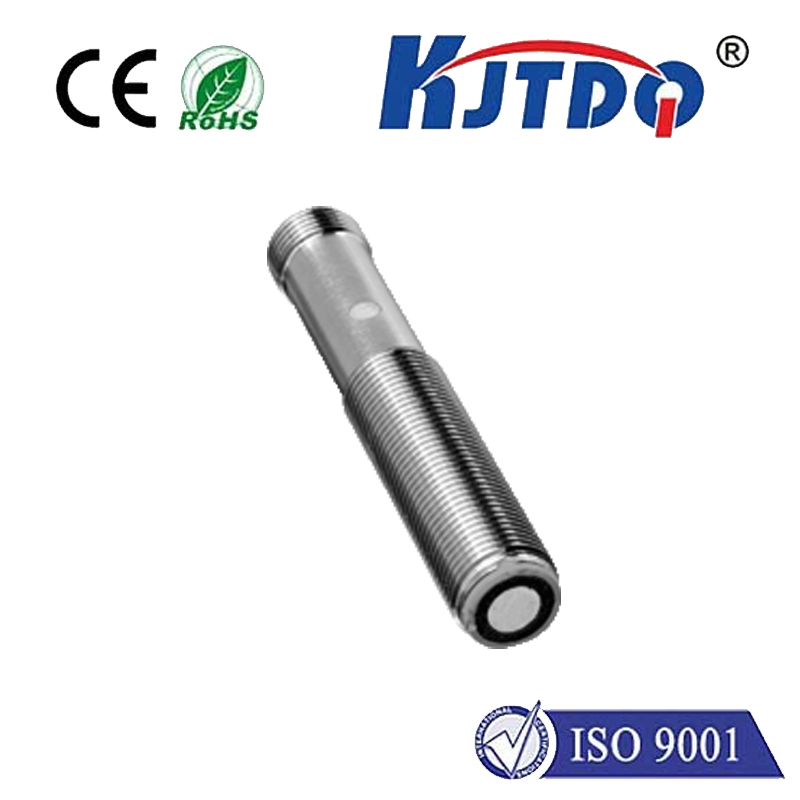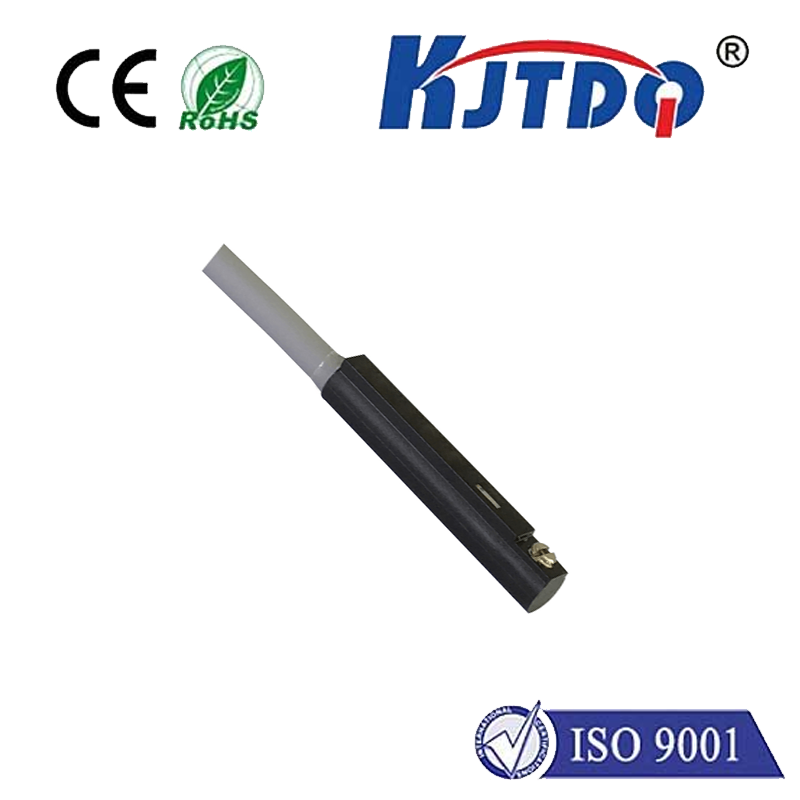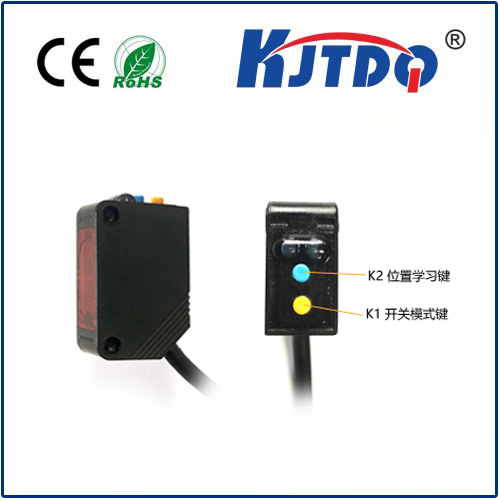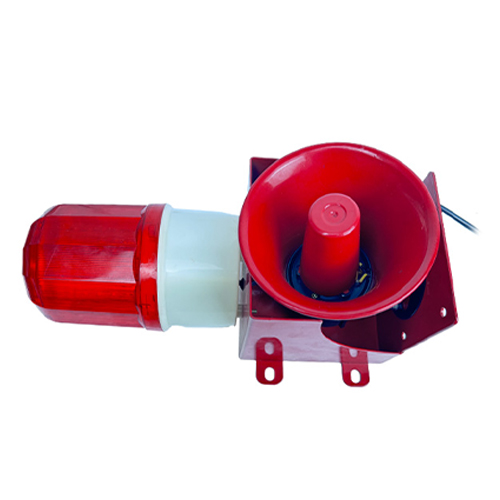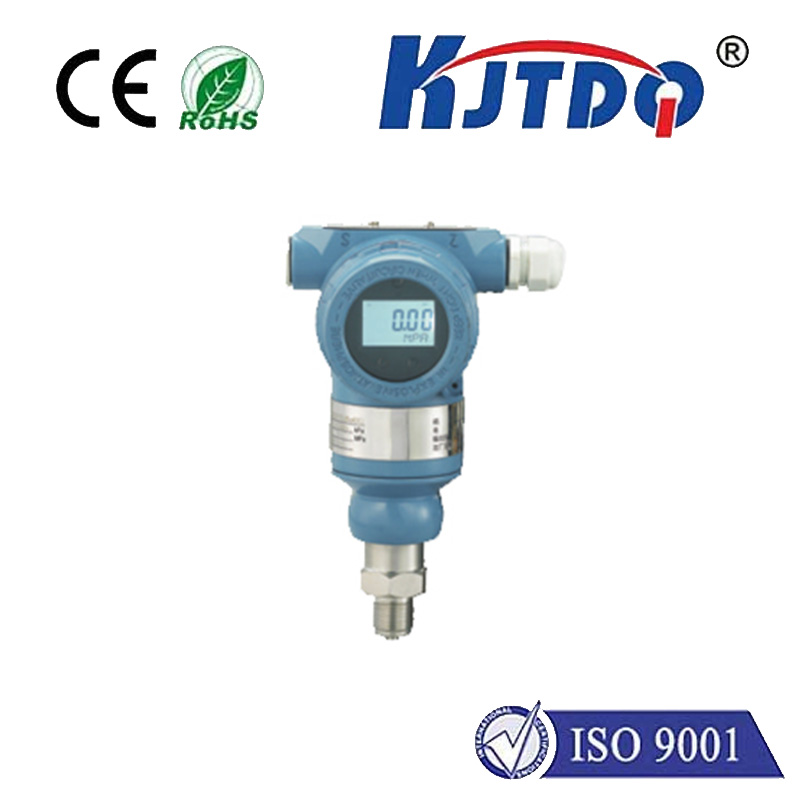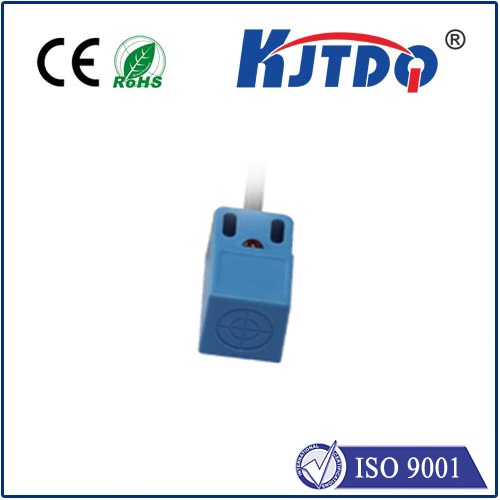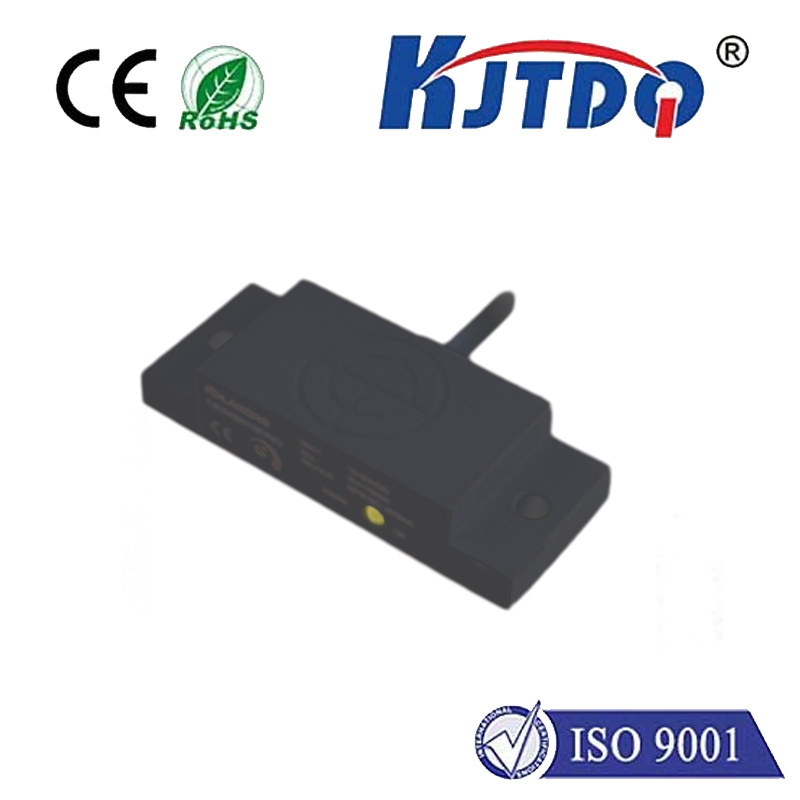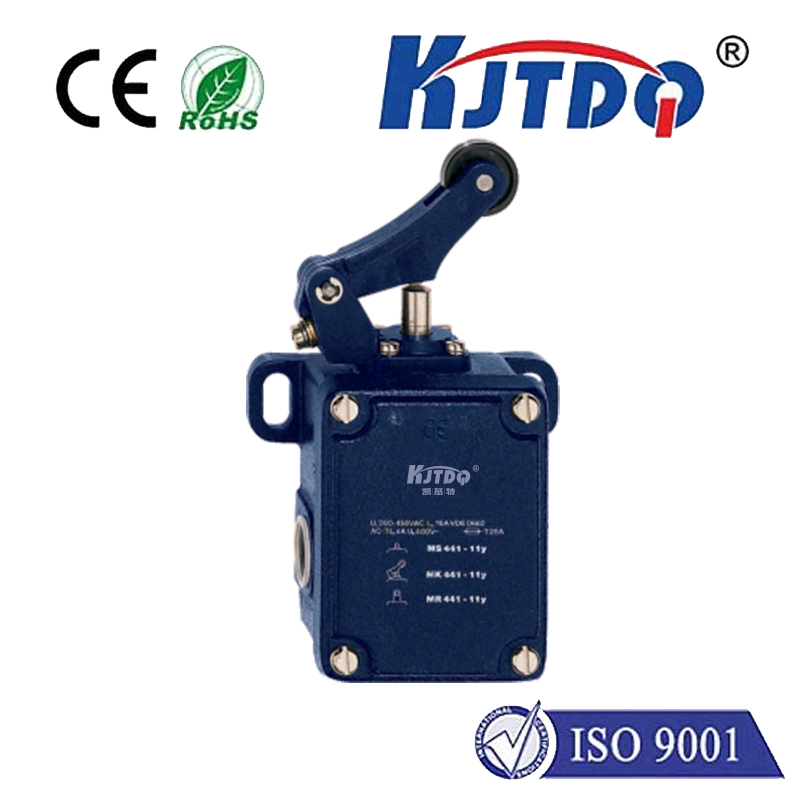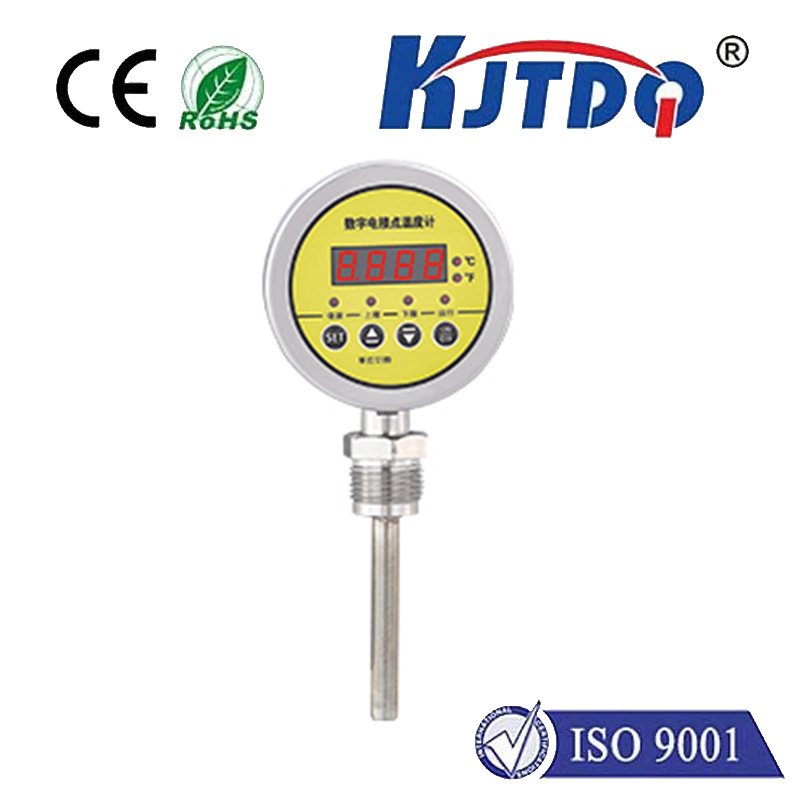24v limit switch
- time:2025-07-30 13:31:05
- Click:0
The Unsung Guardian: Why 24V DC Limit Switches Dominate Industrial Safety and Control
How often do unexpected equipment collisions or dangerous over-travel situations disrupt your operations or pose safety hazards? The answer often lies in the reliability of a small but critical component: the 24V DC limit switch. More than just a simple on/off mechanism, this voltage-specific device is a cornerstone of precision control and robust safety in countless industrial and automation systems. Understanding its unique advantages is key to optimizing performance and protecting valuable assets.
Beyond the Basic Switch: What is a Limit Switch?
At its core, a limit switch is a mechanical position sensor. It detects the presence, absence, or position of an object (often called the actuator) through physical contact. When the actuator – a cam, roller, lever, or plunger – moves the switch mechanism, it changes the state of its electrical contacts (typically opening or closing a circuit). This signal is then used by a control system (like a PLC - Programmable Logic Controller) to indicate a machine has reached a specific point, trigger a sequence, or halt movement to prevent damage or unsafe conditions. Common applications include:
- Signaling the end-of-travel on linear actuators, slides, or conveyor belts.
- Detecting the open/closed position of doors, hatches, or valves.
- Providing safety interlocks on machinery guards.
- Initiating automated sequences based on component position.
The Crucial “24V” Distinction: Why Voltage Matters

Limit switches are available for various control voltages (AC and DC), from mains levels (e.g., 110VAC, 220VAC) down to extra-low voltage (ELV) like 12VDC or 24V DC. The widespread adoption of 24V DC in industrial controls isn’t arbitrary; it stems from compelling technical and safety benefits:
- Enhanced Personnel Safety: Operating at extra-low voltage (ELV) significantly reduces the risk of severe electric shock compared to higher mains voltages. Even in fault conditions, 24V DC is generally considered inherently safer for personnel working on or near equipment. This aligns perfectly with modern safety standards and regulations.
- Reduced Arcing and Contact Erosion: Switching DC circuits, especially inductive loads like solenoids or relays, inherently causes more electrical arcing at the contacts than AC (where the arc naturally extinguishes as voltage crosses zero). However, lowering the voltage to 24V DC significantly reduces the energy available to sustain damaging arcs. This results in:
- Longer contact life and improved switch reliability.
- Reduced risk of contact welding.
- Less electromagnetic interference (EMI) generated by the switching action.
- Compatibility with Modern Control Systems: Programmable Logic Controllers (PLCs) and distributed control systems overwhelmingly use 24V DC for their sensor inputs and logic power rails. Using 24V limit switches ensures seamless integration without the need for voltage conversion modules or complex interfacing.
- Simplified Wiring and Reduced Costs: Lower voltage wiring generally requires less stringent insulation and conduit requirements than mains voltage wiring. 24V DC permits the use of smaller gauge wires and often simpler installation practices, leading to faster deployment and reduced material costs. Standardization across sensors (limit switches, proximity sensors, photoelectric eyes) further simplifies design and maintenance.
- Improved Noise Immunity: While DC systems can be susceptible to noise, 24V DC systems tend to be more robust against certain types of electrical interference compared to very low-voltage signals (like 5VDC), especially over typical industrial cable run lengths. Proper shielding and grounding remain essential but are often easier to manage effectively at 24V DC.
- Fail-Safe Operation: Many critical safety functions utilize limit switches in a normally closed (NC) configuration wired in series to create a safety circuit. Any break in this circuit (a switch opening due to over-travel, a wire break, or loss of power) causes the safety circuit to open, immediately triggering an E-Stop condition. 24V DC power supplies for these circuits often incorporate redundancy and monitoring features, enhancing overall fail-safe reliability.
Selecting the Right 24V Limit Switch: Key Considerations
Not all 24V DC limit switches are created equal. Choosing the appropriate type depends heavily on the application:
- Actuator Type: Roller lever? Plunger? Forked lever? Wobble stick? The choice depends on the actuating object’s direction of travel, required operating force, and mechanical constraints.
- Contact Configuration: Normally Open (NO), Normally Closed (NC), or combinations (SPDT - Single Pole Double Throw). Consider the logic required by the control system and whether a fail-safe (using NC) configuration is needed for safety.
- Electrical Ratings: Ensure the switch’s contact ratings (voltage, current, AC/DC) exceed the load requirements of the circuit it controls – especially important for controlling solenoids or relays directly. Look specifically for 24V DC compatibility and sufficient current capacity.
- Ingress Protection (IP Rating): What environment will it reside in? Washdown areas require high IP ratings (e.g., IP67, IP69K) against water and dust. Harsh environments demand robust housings resistant to impacts, chemicals, and extreme temperatures.
- Durability (Mechanical Life): How many operating cycles are expected? Precision mechanisms often require switches rated for millions of cycles.
- Mounting: How will it be secured? Options include threaded body, base mount, or specific bracket designs.
Applications Where 24V Limit Switches Shine
The versatility of 24V limit switches makes them ubiquitous:
- Material Handling: Detecting position on conveyors, palletizers, robotic arms, and automated guided vehicles (AGVs). Used for end-of-track limits and jam detection.
- Packaging Machinery: Ensuring cartons, bottles, or containers are correctly positioned for filling, sealing, or labeling. Monitoring guard positions.
- Automotive Manufacturing: Position sensing on welding robots, press lines, assembly jigs, and door/hatch mechanisms.
- Food & Beverage Processing: Stainless steel, washdown-rated (IP69K) models monitor valves, doors, and actuator positions in hygiene-critical areas.
- HVAC Systems: Detecting damper positions and filter status indicators.
- Access Control: Monitoring gate or barrier positions for security systems.
- Agriculture: Implement position sensing on tractors and harvesters.
Installation and Maintenance: Ensuring Peak Performance
Proper installation is critical: Ensure the actuator reliably triggers the switch through the full range of motion without excessive over-travel that could damage the mechanism. Securely mount the switch to prevent vibration or misalignment. Use appropriate wiring techniques (crimped terminals, correct gauge wire) and follow manufacturer torque specifications for connections. Route wiring away from sources of heat and moving parts. Periodically inspect switches for physical damage, buildup of contaminants, smooth actuator movement, and verify electrical continuity. Proactive maintenance prevents unexpected downtime.
The Strategic Advantage of 24V DC
While seemingly simple, the 24V DC limit switch is an indispensable component in the landscape of industrial automation. Its adoption of extra-low voltage delivers a winning combination of enhanced safety personnel protection, improved reliability through reduced arcing, seamless integration with modern PLC-based control systems, and cost-effective installation. From ensuring packaging lines run efficiently to guaranteeing a robotic arm stops precisely at its endpoint preventing catastrophic collisions, these switches provide the critical feedback loops that keep machinery operating safely, precisely, and reliably. Understanding their function and the significant advantages offered by the 24V DC standard empowers engineers and technicians to make informed choices that optimize both performance and safety.












